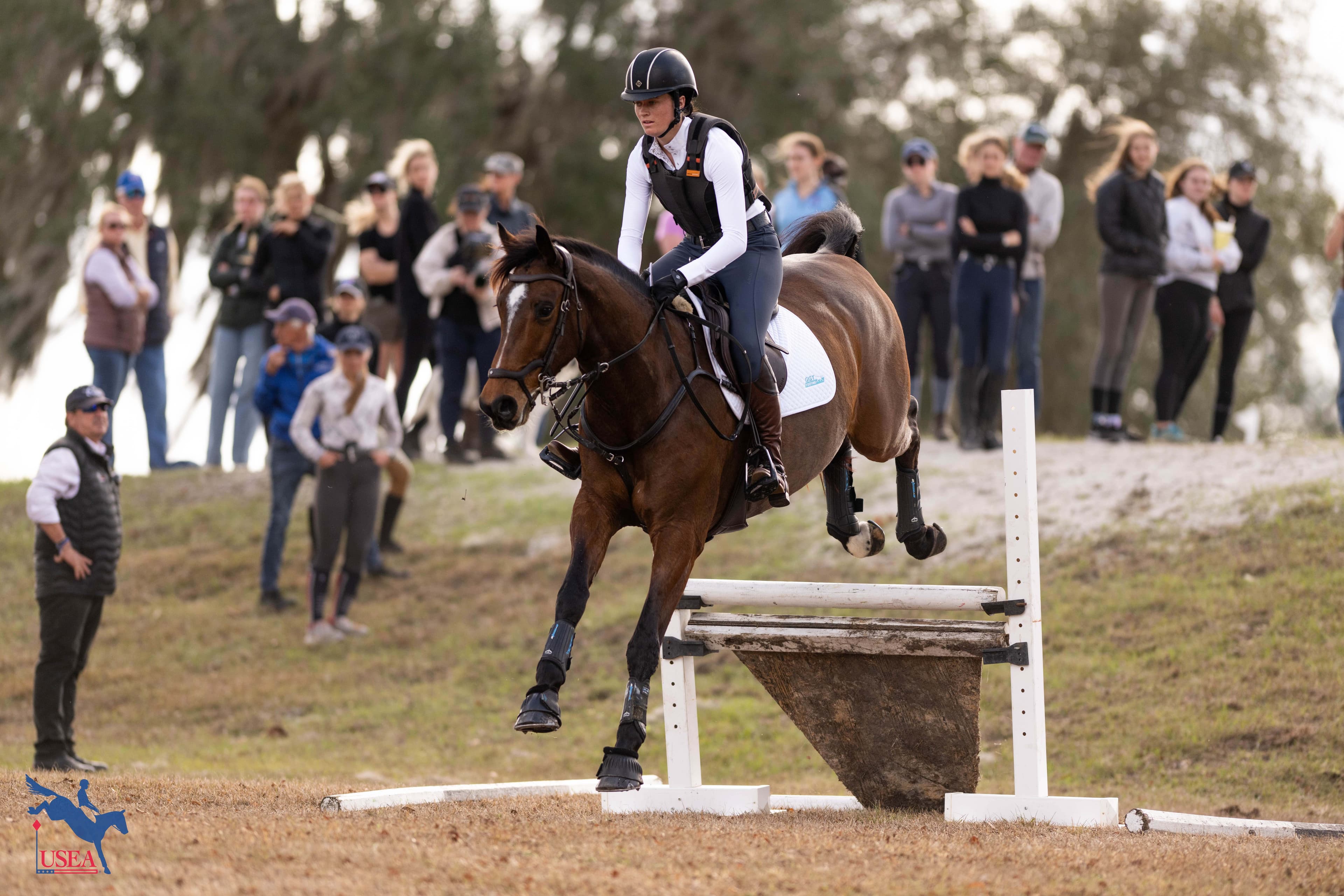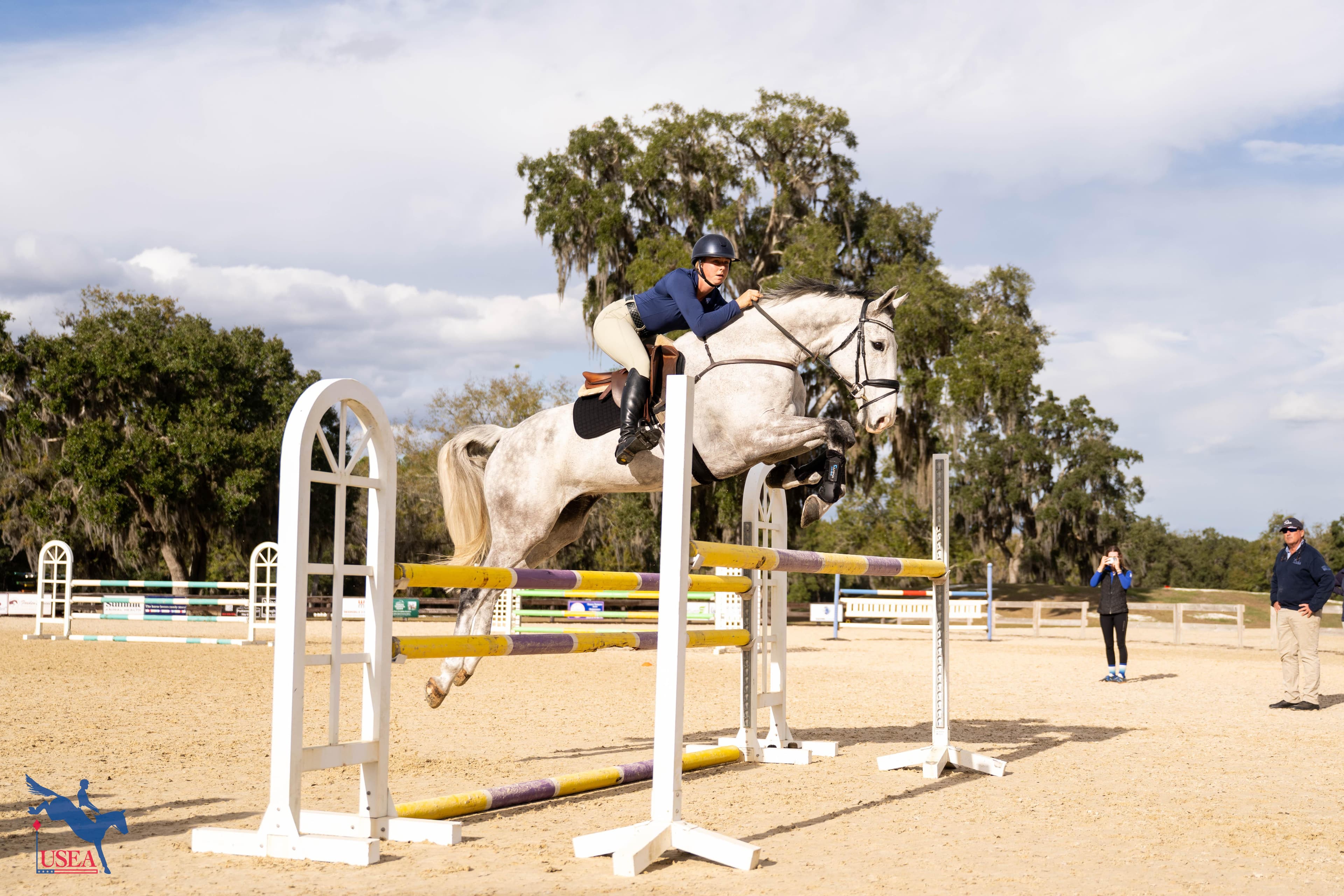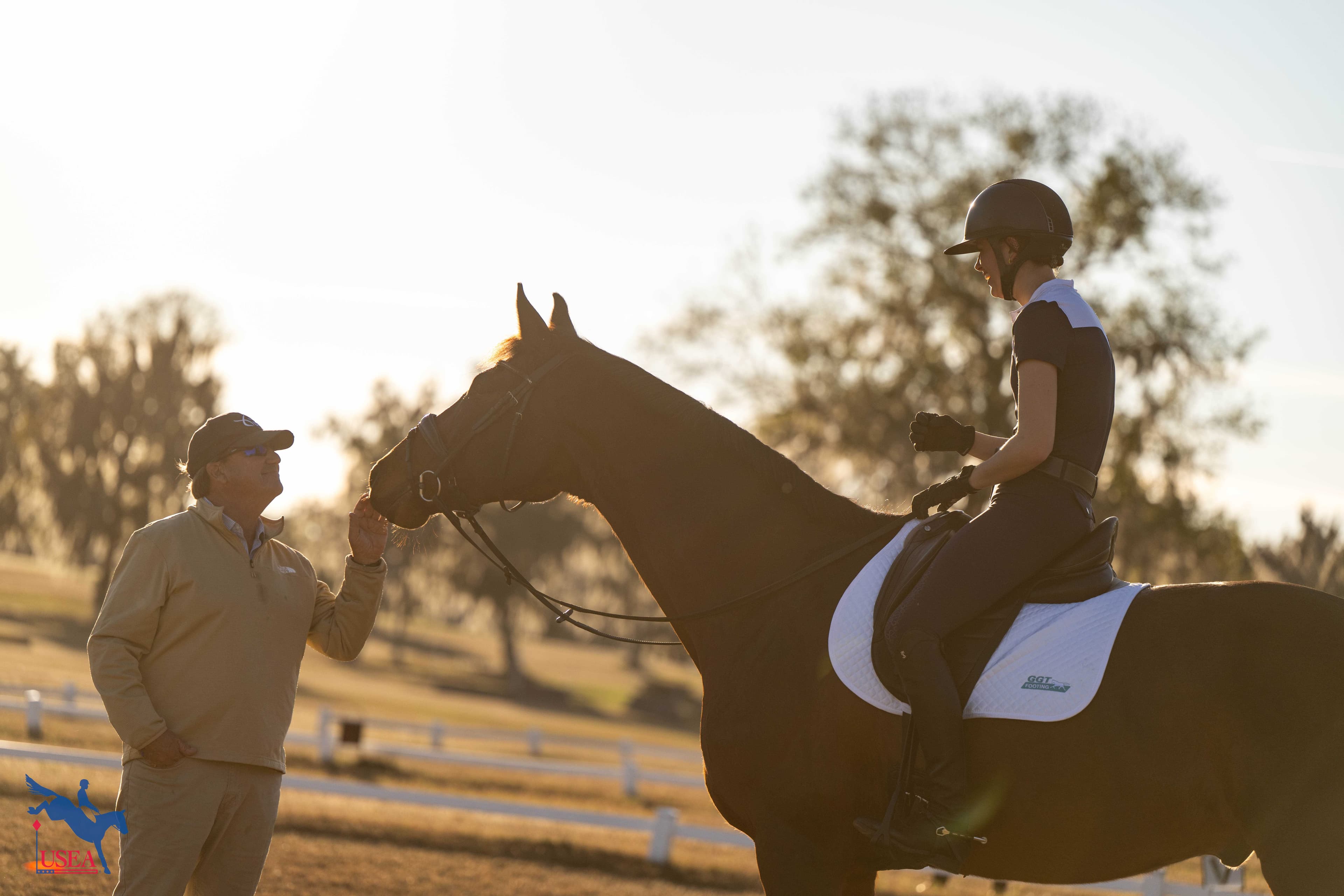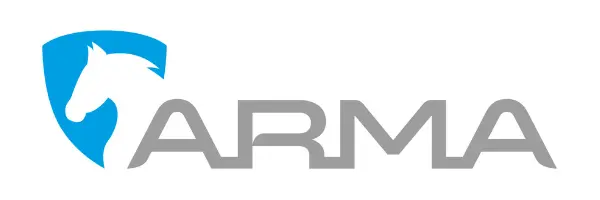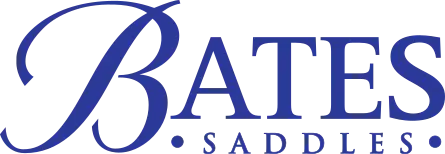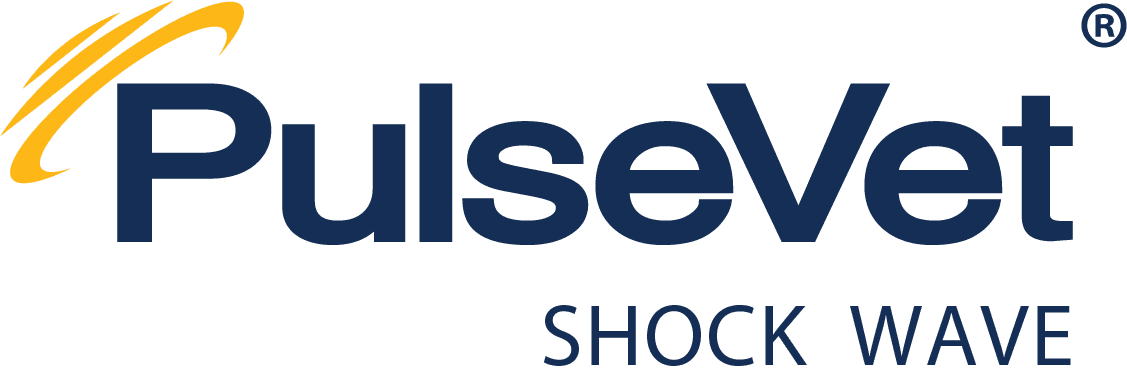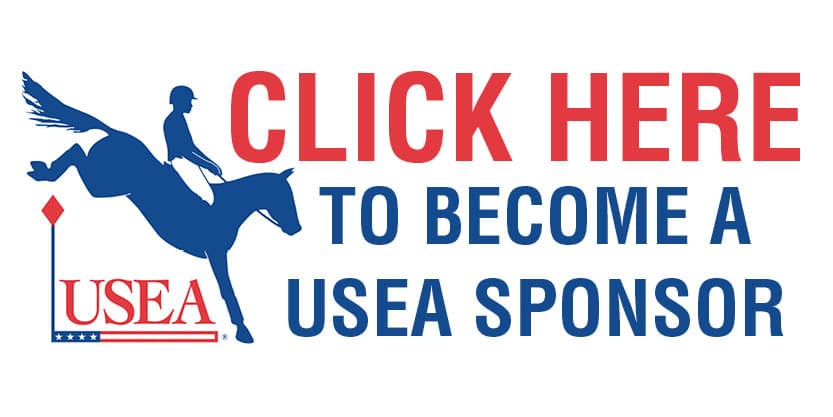Establishing a Relationship on the Ground with Your Unbroken Event Horse with Daniel Clasing and Kaitlin Spurlock
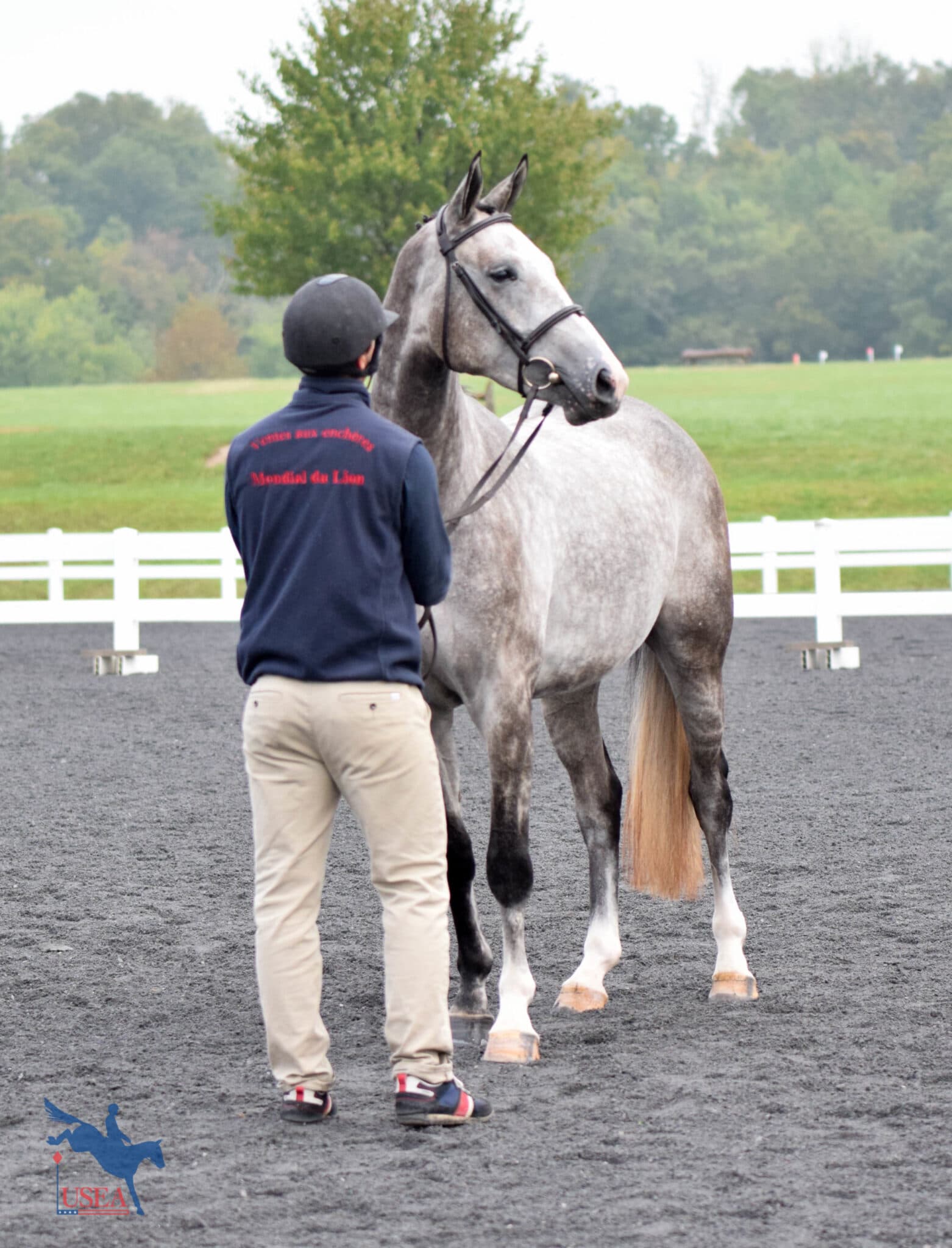
The Young and Future Event Horse article series is being provided through a partnership between Mythic Landing Enterprises, LLC., and the USEA.
Daniel Clasing and Kaitlin Spurlock, both accomplished riders in their own right currently run a successful training operation together based out of the historic Hermitage Farm. After learning from some of the most notable names in the sport including Phillip Dutton, Phyllis Dawson and Packy McGaughan, the pair has gone on to open their own training business. Both riders have campaigned their horses at the highest levels and pride themselves on bringing up horses in a methodical and patient manner and then continuing their education all the way to the top of the sport.
After selecting your future event horse, it’s time to begin establishing your relationship together on the ground. Before Clasing started his own eventing business, he broke horses professionally for various clients. Both Spurlock and Clasing were adamant about pointing out that before they worry if it will be a good riding horse that they make sure the horse will be able to be safely handled. This means that they can be led, tied and be quiet in their stall, which should have already been determined in the evaluation process.
It’s important to remember that you do not need to wait until the horse is of riding age to start incorporating groundwork. Spurlock states, “It’s easier to start when they are young, both because they’re smaller and easier to handle, and they are less set in their ways.”
Spurlock continues that the sooner your horse understands that you are in control, the better. Good groundwork lays the foundation for a successful riding horse, as the basics they learn on the ground carry directly over when they have a rider on their back.
Once you’ve determined your horse is ready to begin the breaking process, Clasing and Spurlock offer a methodical way of doing this that begins in the horse’s stall. Starting in their stall is important, as that is your horse’s comfort zone because that’s where they live. It also gives the horse boundaries.
Start by having a halter and lunge line on your horse. Slowly put the saddle on your horse and start with the girth very loose. From here, lunge your horse around their stall at the walk once or twice around and then tighten the girth slowly. Then, again, lunge them around their stall once or twice and then tighten the girth a little bit more. Be sure to also hold a whip as that is your tool to keep your horse away from you. Both Clasing and Spurlock like this exercise, as the horses can’t work their way out of it compared to being in a big ring. It’s also important to utilize this exercise the first few times during a quiet time at your barn so that you have your horse’s full attention. For trainers and amateurs alike it’s important to try and control as many variables as you can.
Here Clasing and Spurlock demonstrate day one with their new 3-year-old event prospect:
Once your horse has succeeded at this exercise, meaning he understands the saddle, tightening the girth and keeping his distance between you, you can move to a bigger enclosure. Clasing likes round pens for this before going to an actual riding ring. He suggests keeping the exercise exactly the same and make sure to offer plenty of praise when your horse responds positively.
Going forward, Clasing and Spurlock also like to do a lot of work in the shed row of the barn because of that comfort zone and enclosure. When you’re ready to mount, walking your horse around the shed row under saddle gives boundaries for the experience and helps guide your steering. Clasing and Spurlock prefer doing this before going directly into the ring, as you’re not able to control as many variables as you would be able to in a smaller space.
It’s important to be methodical and patient during this process, and for amateur riders, be sure to have a professional guiding you throughout to give your horse the best chance for success.
Clasing and Spurlock have formed a video series to follow their progress in backing a 3-year-old event prospect. Click here to visit their YouTube page to follow along with the day-by-day progress.
To learn more about Daniel Clasing, please click here: http://danielclasingeventing.com/
To learn more about Kaitlin Spurlock, please click here: https://kaitlinspurlockeventing.wordpress.com/

